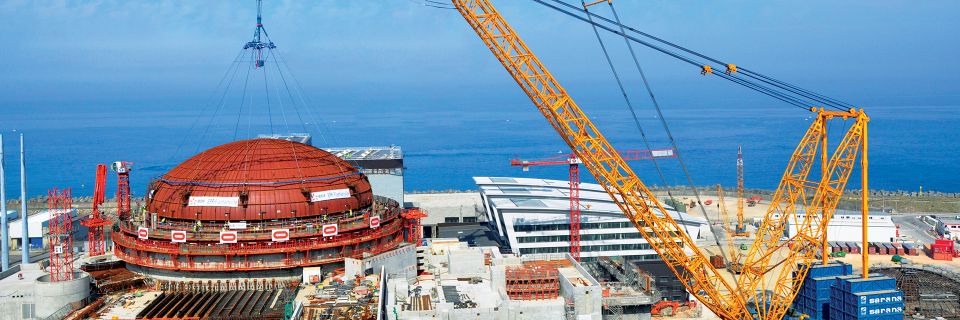Evaluation of The U.S. Department of Energy Research and Development Activities on the Disposition of Commercial Spent Nuclear Fuel in Dual-Purpose Canisters presents the NWTRB’s findings, conclusions, and recommendations regarding its evaluation of DOE research and development activities related to the disposition of commercial spent fuel stored in dual-purpose canisters, which have been designed for interim storage and transportation, but not for potential use for disposal.
The NWTRB notes that the storage of spent fuel in dual-purpose canisters, and the trend toward larger canisters, will have significant implications on the future management and disposal of spent fuel by the DOE.
Management alternatives: Released on February 29, the report presents a historical context of how the nation’s commercial spent fuel came to be stored in dual-purpose canisters and examines three alternative approaches for managing the fuel: storing spent fuel at ISFSIs indefinitely, repackaging the fuel into smaller canisters prior to disposal, and direct disposal of spent fuel in dual-purpose canisters in a geologic repository.
In the study, the board also evaluates specific DOE rese3arch and development programs that are focused on the direct disposal of spent fuel in large dual-purpose canisters. Areas of focus include DOE-sponsored criticality analyses, testing of potential canister filler materials, and modifications of canisters to be loaded in the future to preclude criticality after the canisters are emplaced in a repository.
Recommendations: Based on its observations and findings, the NWTRB provides three recommendations to the DOE in its report. The first addresses an evaluation of alternative approaches for implementing an integrated waste management system. The second recommendation notes needed improvements in criticality analyses. The third addresses the need for criteria to facilitate the selection of future dual-purpose canister modifications.






